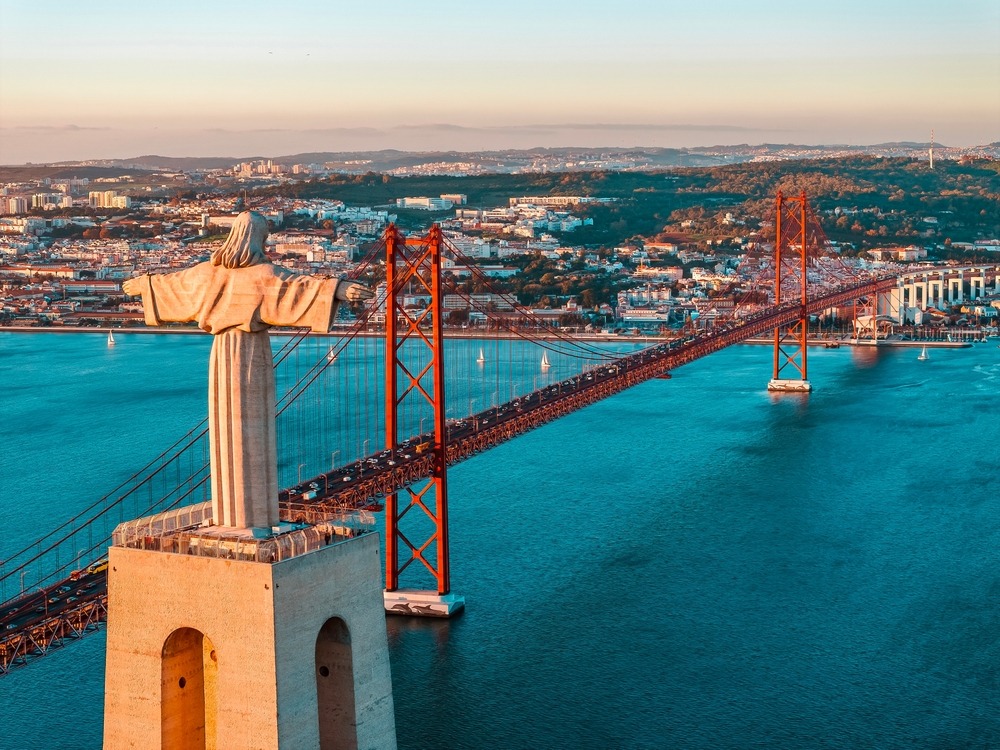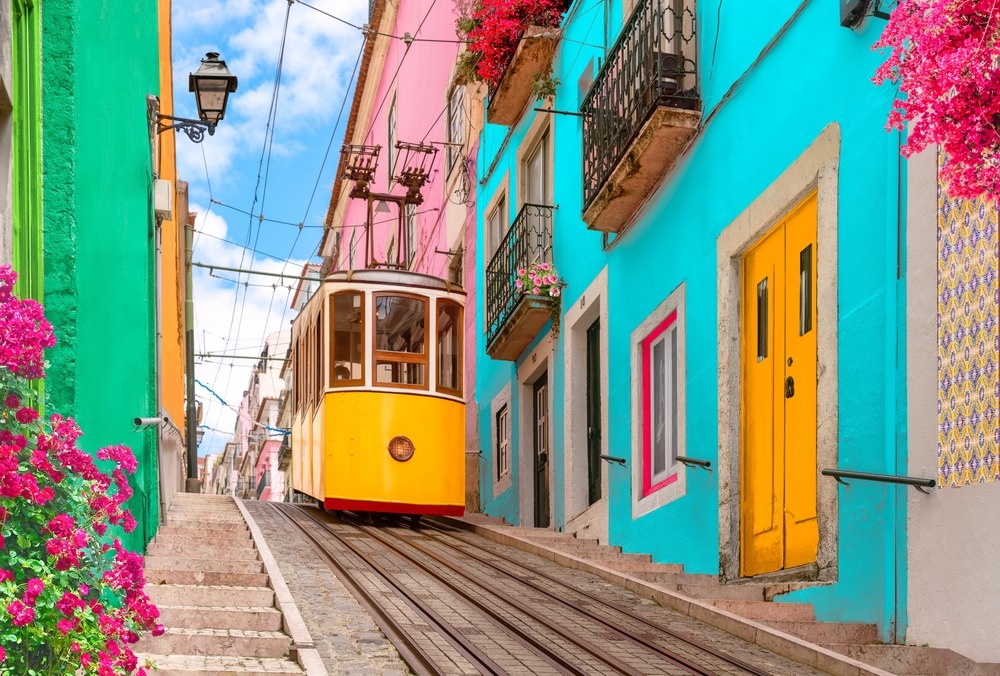Lisbon, Portugal: A Detailed History and the Top 25 Attractions in the City
Lisbon, the capital of Portugal and one of Europe’s most captivating cities, boasts a history that spans over three millennia. Its origins date back to ancient Iberian tribes, but it was the Phoenicians who are believed to have established a port settlement around 1200 BCE, calling it Alis Ubo, or “Safe Harbor.” The city later fell under Roman rule as Olisipo, becoming an important administrative and trading hub in the western Roman Empire. With the decline of Roman influence, it passed into the hands of the Visigoths and was subsequently conquered by the Moors in the 8th century.
Under Moorish rule, Lisbon thrived as a multicultural city with advances in architecture, science, and agriculture. In 1147, during the Second Crusade, the city was recaptured by Christian forces led by King Afonso Henriques with the help of northern European crusaders. This event marked a pivotal point in Lisbon’s evolution as a Christian capital and eventually, the political heart of the newly formed Kingdom of Portugal.
Lisbon grew significantly during the Age of Discoveries in the 15th and 16th centuries. As Portuguese explorers like Vasco da Gama expanded maritime routes to Africa, India, and Brazil, Lisbon became the gateway to the world. Gold, spices, silks, and knowledge flowed through its ports, financing grand monasteries, palaces, and fortifications. This golden age was tragically interrupted in 1755 by a massive earthquake that devastated much of the city, followed by a tsunami and widespread fires. The Marquis of Pombal spearheaded the city’s reconstruction with broad avenues, anti-seismic architecture, and an Enlightenment-inspired urban layout that still defines parts of central Lisbon.
In the 19th and early 20th centuries, Lisbon was shaped by liberal revolutions, monarchic decline, and eventual transformation into a modern republic. During the mid-20th century, the country endured decades of dictatorship, culminating in the peaceful Carnation Revolution of 1974. Since then, Lisbon has blossomed as a cosmopolitan European capital—an epicenter of culture, design, and innovation, while still preserving its historic soul.

Top 25 Attractions in Lisbon, Portugal
-
Belém Tower (Torre de Belém) – A fortified 16th-century tower on the Tagus River, symbolizing Portugal’s Age of Discovery.
-
Jerónimos Monastery (Mosteiro dos Jerónimos) – A masterpiece of Manueline architecture, home to the tomb of Vasco da Gama.
-
Alfama District – Lisbon’s oldest neighborhood, with winding alleys, traditional Fado music venues, and Moorish-era charm.
-
São Jorge Castle (Castelo de São Jorge) – Overlooking the city, this hilltop castle offers sweeping views and insights into Lisbon’s Moorish past.
-
Commerce Square (Praça do Comércio) – A grand riverfront plaza rebuilt after the 1755 earthquake, featuring arcades and the iconic Rua Augusta Arch.
-
Santa Justa Lift (Elevador de Santa Justa) – A neo-Gothic iron elevator from 1902 offering panoramic views of downtown Lisbon.
-
Lisbon Cathedral (Sé de Lisboa) – A Romanesque cathedral dating back to the 12th century, surviving earthquakes and centuries of change.
-
National Tile Museum (Museu Nacional do Azulejo) – Showcasing Portugal’s traditional blue-and-white azulejos across five centuries.
-
LX Factory – A revitalized 19th-century industrial complex turned into a creative hub of shops, restaurants, galleries, and street art.
-
Padrão dos Descobrimentos (Monument to the Discoveries) – Honoring the explorers of the 15th and 16th centuries with a striking riverside sculpture.
-
Gulbenkian Museum – Housing a world-class private collection of European, Islamic, and Asian art.
-
Time Out Market Lisboa – A vibrant food hall in the Mercado da Ribeira where Lisbon’s top chefs serve signature dishes.
-
Parque das Nações – A modern district built for Expo 98, featuring futuristic architecture, waterfront parks, and the Oceanário de Lisboa.
-
Oceanário de Lisboa – One of Europe’s best aquariums, with global marine habitats and interactive exhibits.
-
Chiado – A stylish neighborhood full of theaters, cafes, bookshops, and elegant 19th-century buildings.
-
Bairro Alto – Known for its bohemian nightlife, narrow streets, rooftop bars, and eclectic music venues.
-
MAAT – Museum of Art, Architecture and Technology – A contemporary museum on the riverfront known for its bold design.
-
25 de Abril Bridge – Often compared to San Francisco’s Golden Gate Bridge, it connects Lisbon to Almada across the Tagus River.
-
Cristo Rei Statue – Inspired by Rio’s Christ the Redeemer, this monumental statue provides sweeping views of Lisbon from across the river.
-
Calouste Gulbenkian Gardens – A serene green space ideal for quiet walks and picnics in the heart of the city.
-
Eduardo VII Park – Lisbon’s largest park, with formal gardens, a greenhouse, and panoramic views over the city and river.
-
National Pantheon (Panteão Nacional) – A majestic baroque monument where many national heroes are entombed.
-
Museu do Fado – Celebrating Portugal’s soulful national music through audio archives, artifacts, and multimedia exhibits.
-
Tram 28 Route – A nostalgic way to explore the historic quarters of Lisbon aboard a vintage yellow tram.
-
Feira da Ladra – A traditional flea market held in Alfama, where visitors can browse antiques, crafts, and local curiosities.

Lisbon is a city that breathes history from every tiled façade, echoes its heritage through melancholic Fado, and celebrates the future with innovation and resilience. Whether wandering the medieval alleys of Alfama or admiring the sleek lines of its modern museums, visitors to Lisbon discover a capital where the past and present are artfully intertwined.

































